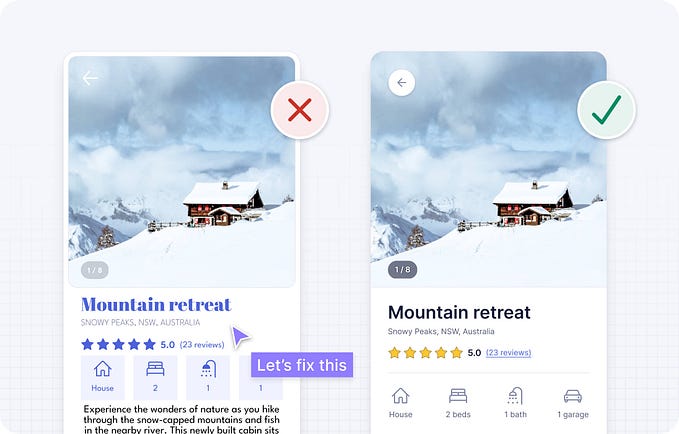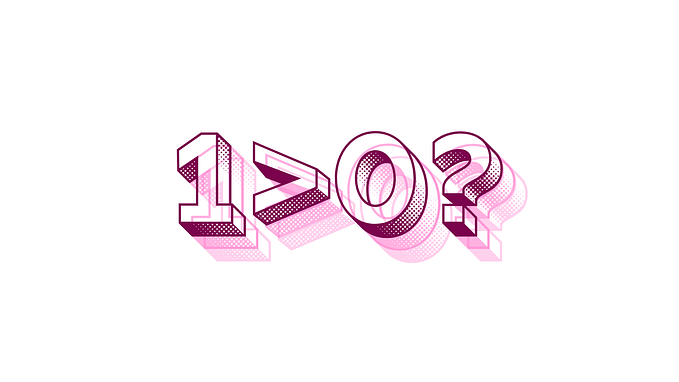Which UX Research Method to Use

User Experience research can be done in plenty of ways using great variety of methods. Depending on product lifecycle phase, resources at hand and other factors you have to decide on which method to use. This article will give you an innovative approach on how not to get lost in the woods of UX Research methods and get the best fit to address your goals.
Introduction
Have you ever felt unsatisfied with the research results because of the wrong method being applied? Have you ever felt that you missed the right time to perform needed research? Have you ever seen that the chosen method doesn’t give answers to your questions?
Obviously, the User Experience research activities provide business with a great variety of data and insights on the product improvements. Getting the most of it requires choosing the right method wisely and carefully, performing UX research activities at the right time and in the right context.
I am not the first who has faced the challenge to structure the process of choosing the right method. Such cool company as Nilsen Norman Group started to structure UX research methods much earlier than me and they did a great job with that. What I was missing there is the whole process and exact questions that should be answered in order to make the right choice. And that is exactly what my framework is about.
Everyone, meet the UX Research Methods Selection Framework. It helps you choose the right research method based on the product life cycle stage and your business goals.
Who is it for
This method works great for product owners when no UX researcher having their back. UX researchers might benefit from it as well:
- Beginners will have an opportunity to overview of all the variety of research methods and process of choosing the right one in action
- As an experienced researcher you’ll will find the tree useful to see a boarder set of options to choose from when you plan your next study. As I learnt from my colleagues sometimes even experienced researchers tend to simplify their job and have 2 to 3 methods at hand at any given time. We can combine and play with them. Such simplification is quite convenient and makes choosing the method an easy task but it affects the quality of research results because choosing the right methodology is half the result. My algorithm helps you step back and see a more diverse set of UX research methods to help you reach your goals.
You can look at the whole tree. To show you how it works, here are a few real-life examples.
How to apply UX Research Methods Selection Framework in real cases
Project #1. Landing Page with Trust Issues
Situation
One of my clients came to me with a landing page. They created this landing page based on personas and user scenarios which were made during brainstorming sessions — not real user interviews. Also, they conducted online surveys to reveal potential barriers for using their product in the future. Although real users took part in these surveys, it was not representative. As a result, they figured out that they had trust issues and they thought this was proven by survey. So, the client was going to to fix these hypothetical troubles by using quite an expensive solution.
Goals
The client wanted to know whether the trust issues were really there. If so, then what were the reasons for it, and how could the issues be fixed? If not, then what other areas should the client’s team be working on?
Choosing the right methodology

As you can see, there are two goals here:
- Goal #1 — Check whether potential customers feel a lack of trust towards the service and why
- Goal #2 — Check the landing page itself and find areas of improvement
This means that we should go through the tree twice. Doing that will reveal two different answers: remote interview with users and remote moderated usability testing. I will show you how UX Research Methods Selection Framework works for the first goal.
If I were working like a black box, I would suggest performing an interview because we really need to know the motivation behind users and their barriers. As the product was launched and live, we have an opportunity to look at it and perform usability testing. That’s why I suggested the client to combine in-depth interviews with usability testing. That’s exactly what we’ve got at the end of the trip through the decision-making tree in UX Research Methods Selection Framework.
Project #2 How Best to Colour Numbers
Situation
What color of numbers should we use on the first screen of an app? That’s exactly the brief of the project and it was the cause of a huge rift between two sides of our design team. One side felt that when users enter the application, they should be able to see numbers as fast as possible, so they should be blue. The other side took the position that from a visual perspective, the colour black makes for a more balanced and calm interface.
Goals
As we were going through a whole range of seemingly small points (like text colors), obviously we had very detailed, high-fidelity wireframes. Also, we decided that the key metric here is the time that users were spending to find the information they needed.

We couldn’t use eye-tracking because of budget constraints, even though it would’ve been a pretty good method in this case. So, to compare these two versions, we had to look at an average time to complete the. This resulted in the use of quantitative methods like screenshot testing. To do this, we asked people to find information about a specific product on a prototype and to click on the answer. We used Optimal Workshop screenshot testing to record the time it took to make their decisions.
Project #3 Visual Design Test
Situation
While working with one bank, we came up with a concept for an interface and were tasked by the stakeholder to work out whether the design was okay for the users.
Goals
We didn’t have any scenarios at that point, or even a list of the functions, but we had to figure out the overall trend for the app’s visual design.
Choosing the right methodology

We couldn’t use standard usability testing, because there was no user experience to assess. Standard questions like ‘do you like it or not’ would have generated some pretty poor data: like or dislike. And, this particular project was something of a secret, so we couldn’t publish it on the internet because of legal issues.
So, we decided to use a 5-second-test method and ask users to give us 3 words to describe the look and feel of the app.
Key principles
The key principles which formed this methodology are:
- More goals mean more trips through the decision-making tree in UX Research Methods Selection Framework. Naturally, one branch will lead to one research type, so if you have several goals then you should split them and go through the tree several times. This may reveal several different research activities, after which you can combine different methods or use them one by one.
- If you miss the user research stage at the beginning of the project, you have to find a deeper way to analyze your interface.
- In-lab research gives you more qualitative data than quantitative. If you don’t need to persuade any of your stakeholders with numbers, then you don’t need numbers and you don’t need to focus on qualitative data.
- Mind your resources. If users are geographically spread, then we can assume that it is preferable to use remote methods rather than in-lab methods because of the cost.
- Knowing the right method is not a silver bullet. Once you’ve chosen your research method, you need to study the methodology. You don’t have to be familiar with all these methodologies in advance, but before the project starts you have to investigate thoroughly. Look at the cases I’ve shared above and then double check whether you’ve made the right choice. I am pretty sure if you use my tree, you’ll find you have.
Conclusion
Any UX research project is like a piece of art. It’s quite rare that a UX researcher can utilize one single method which meets any business need. This means that in any project you choose a method and adjust it according to their new reality, depending on business goals, your experience, their beliefs and their views. However, before combining different methods, you should learn how to apply it as is. My UX Research Methods Selection Framework will help you to do that.
If you have any suggestions on how to improve this methodology or any other feedback please do not hesitate to drop me a line at egborodina@gmail.com or in my linkedin.










